Archive
2019
KubaParis
THE FINEST BUBBLE
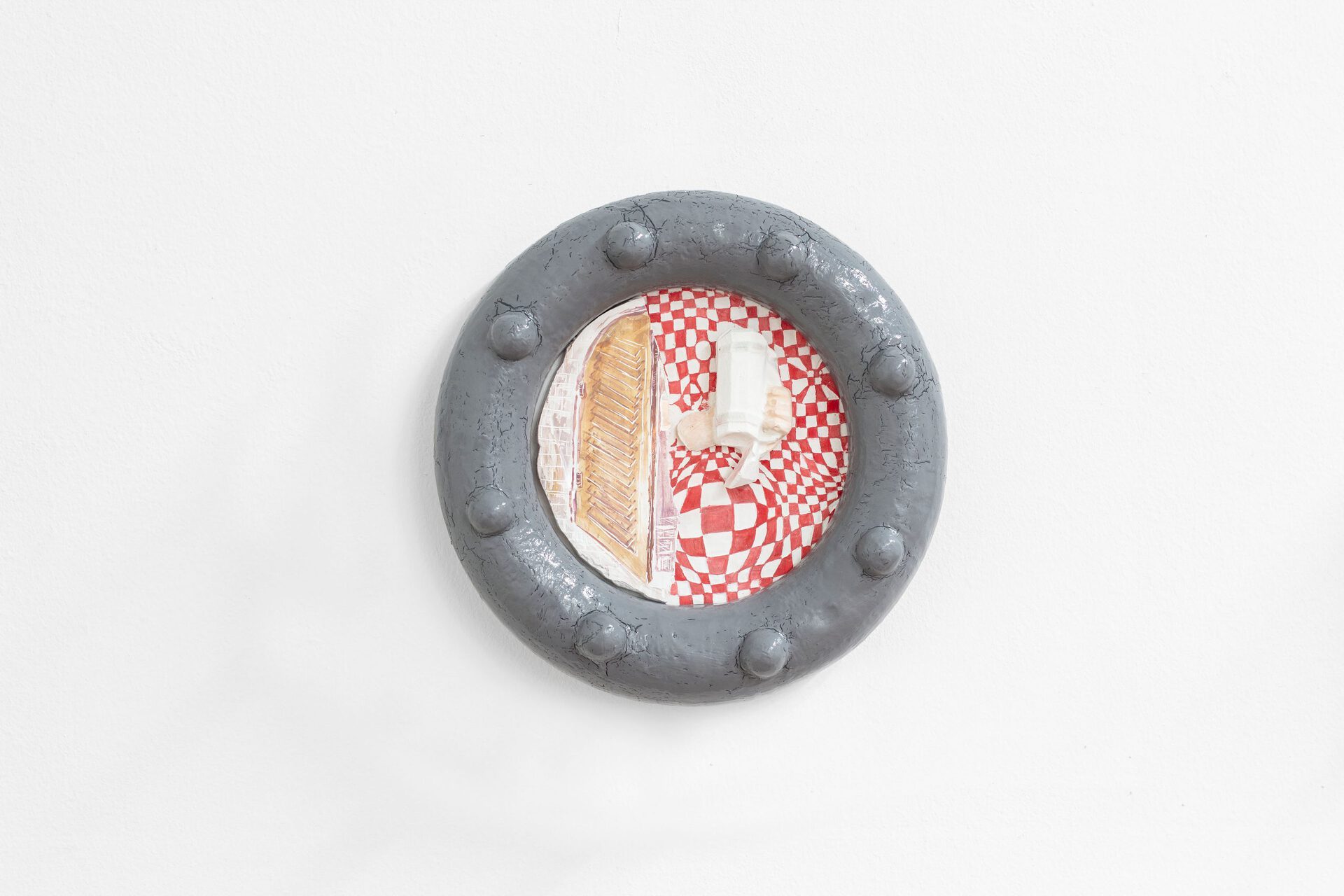
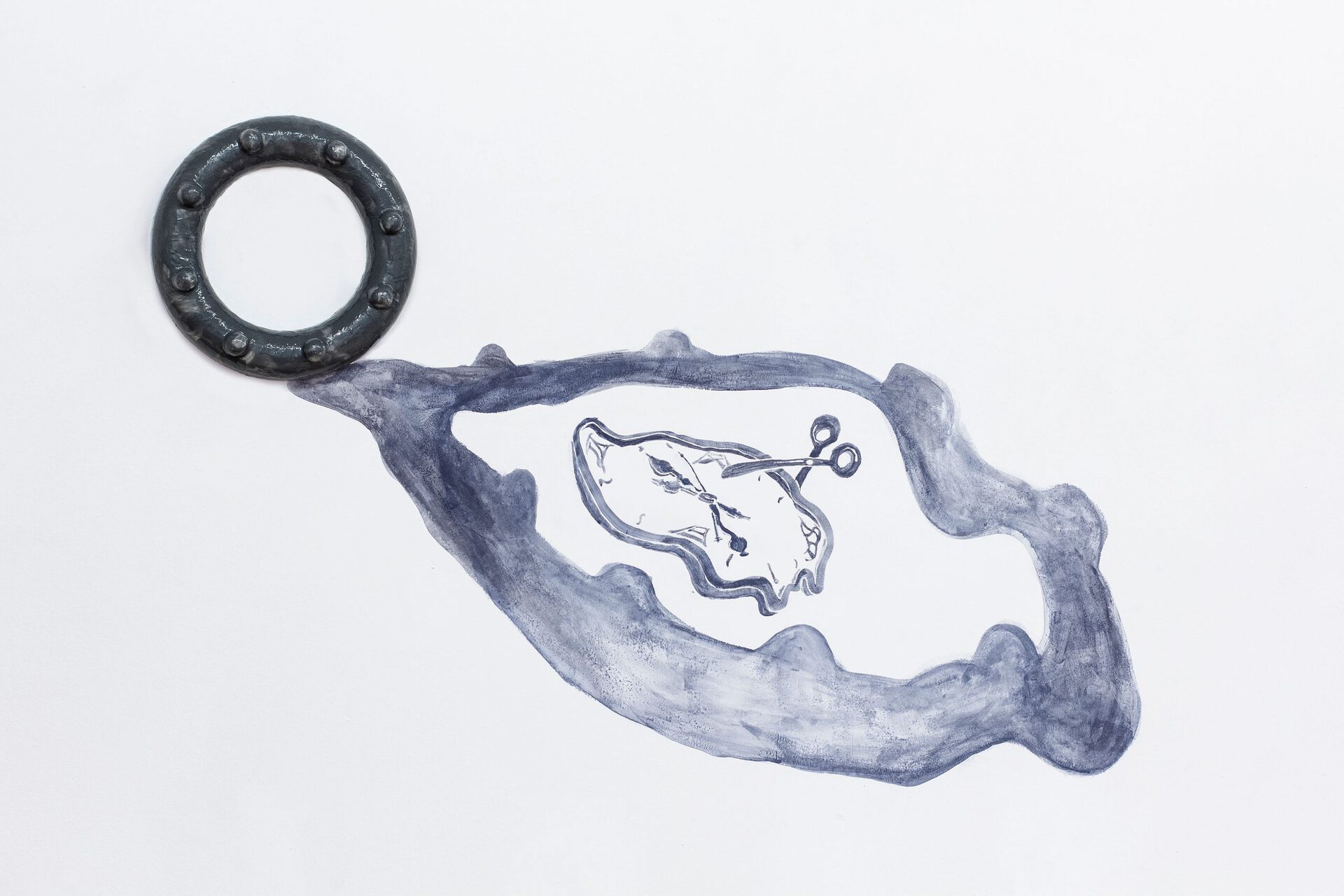
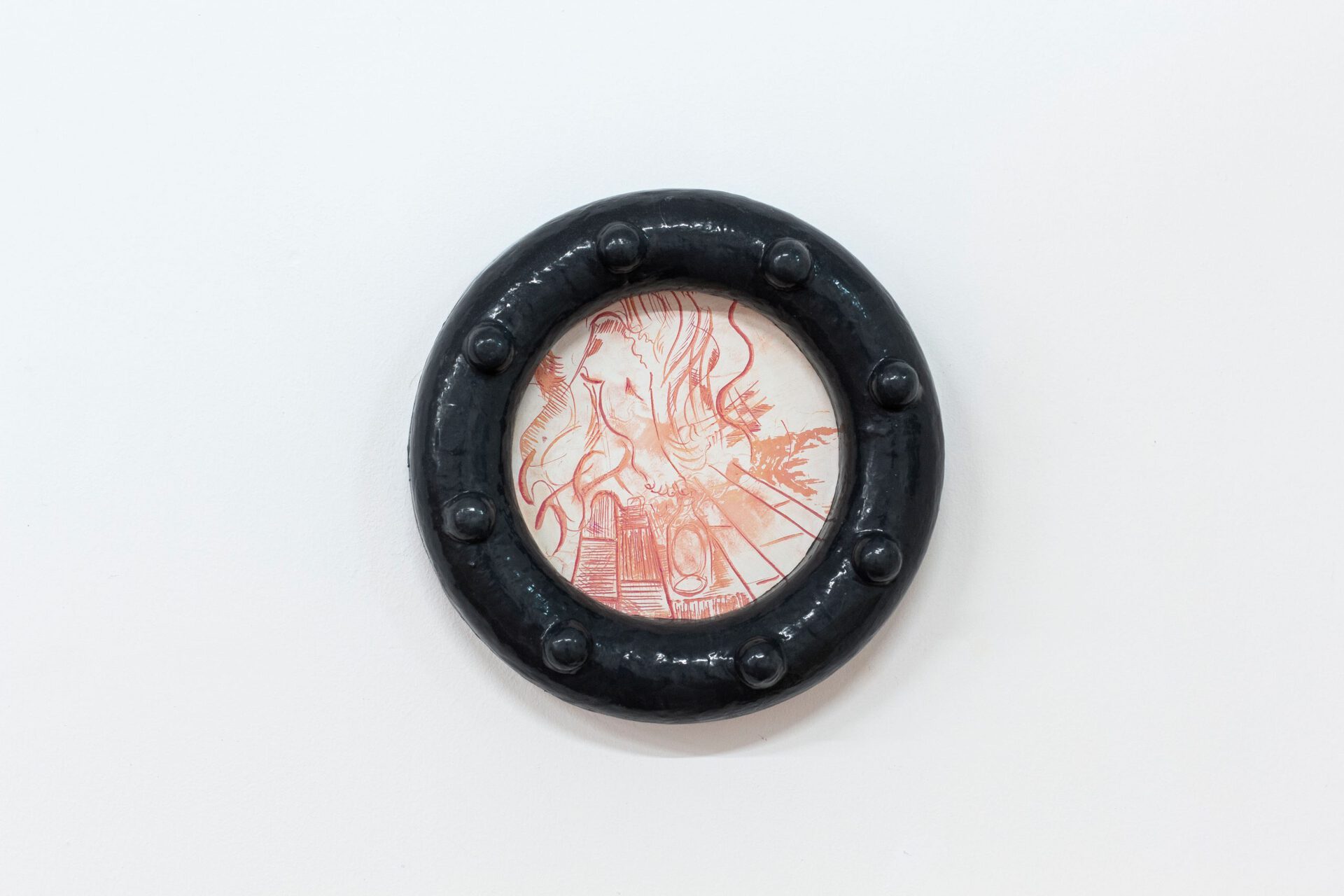

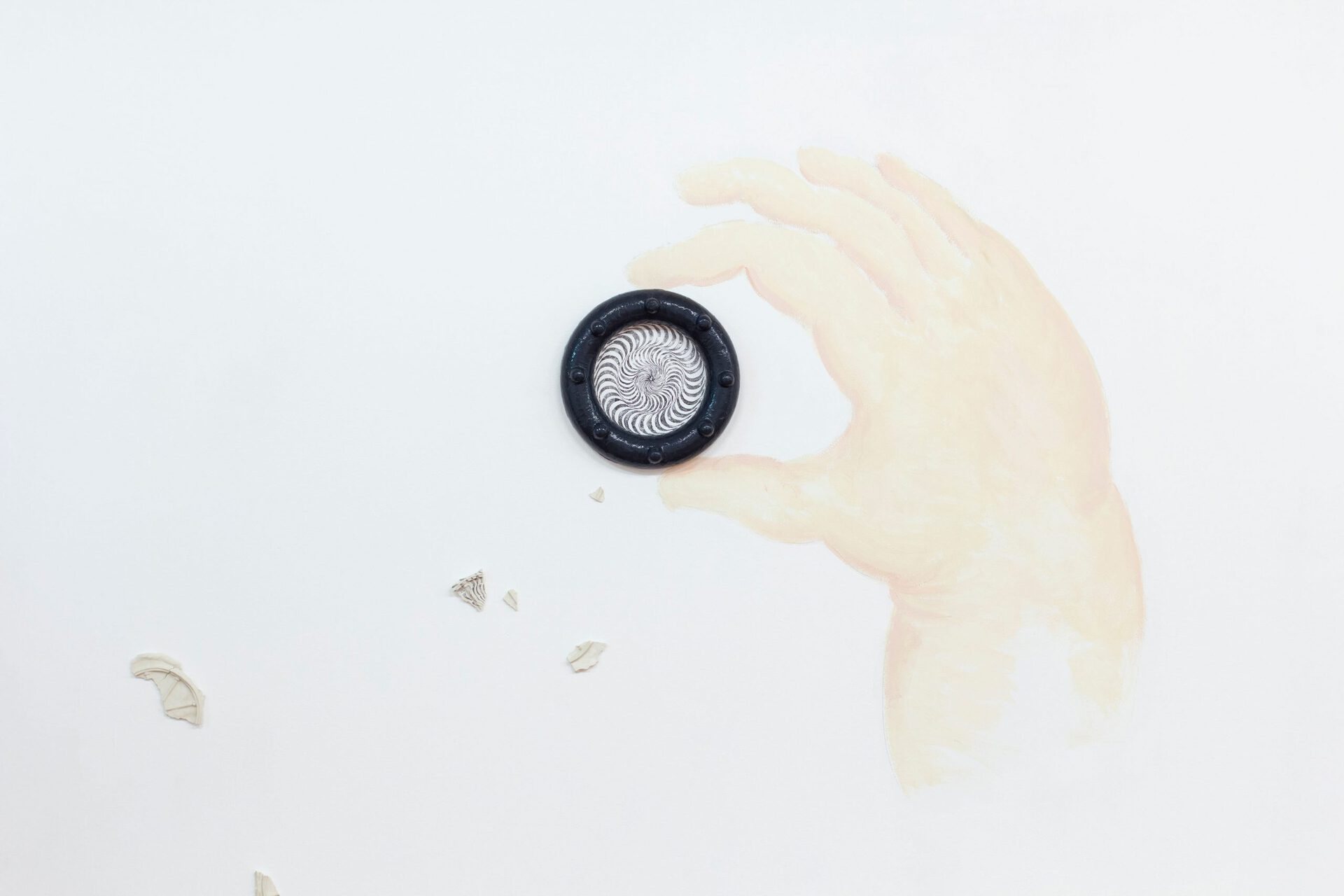


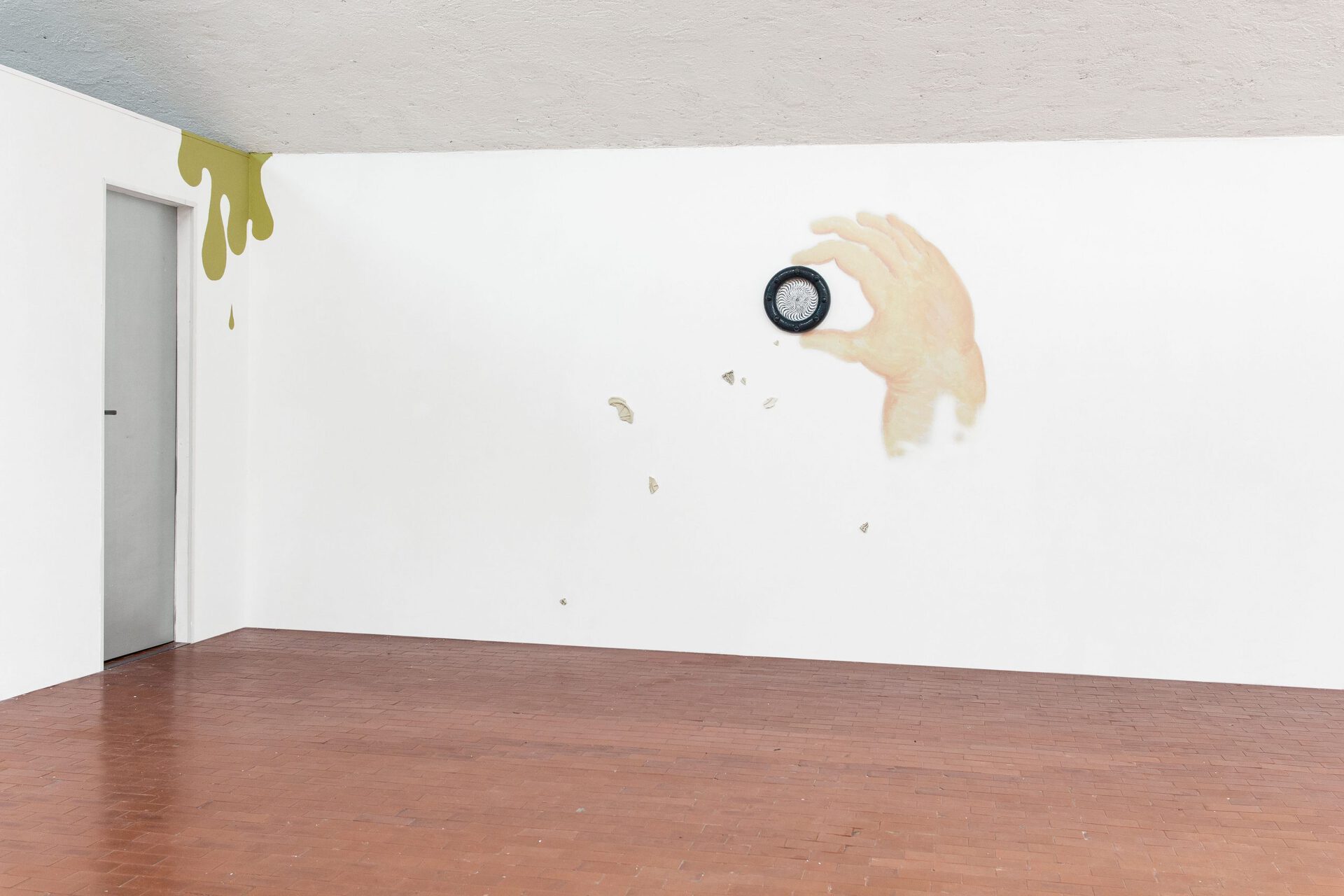

Location
YellowDate
21.09 –19.10.2019Curator
Lisa KlosterkötterPhotography
Natalia TrejbalovaSubheadline
Magdalena Los and Pablo Schlumberger were producing the collaborative work "The Finest Bubble" for their exhibition at Yellow Space in Varese, Italy in September 2019. The show was curated by Lisa Klosterkötter.Text
Mostly as a supplement to the main plot, in flocks or as a duet, floating, sitting, lying, storing, the putto often adapts as an ornamental element to the subjects of its environment and is used for pictorial and decorative purposes as well as to reinforce and underline the content. Putti are representing the feelings of the main adult actors, doubling or multiplying their movements and facial expressions by imitating them, incorporating their moods and expressively discharging them. In their allegorical existence they appear not only as representative and supportive sentient beings, but also as placeholders for morally doubtful actions: they drink wine, they lounge, they sing, dance, make music, celebrate, adorn themselves with flowers and scarves and wallow in their nakedness. They can do everything, because they are children. The sins of adults are portrayed in the innocent form of naked, charming toddlers and therefor de-emphasised, hidden or diluted, despite often very explicit visualizations. They are subtle projections and scapegoats, as it were, but in contrast to the witches and heretics of the Christian Middle Ages, they are a scapegoat that is never brought before the tribunal. As catalysts of all vices, they stare, whisper, blaspheme at the edge of the action, nevertheless they are an important part of the harmonious centre, generating the splendid force of a baroque ceiling fresco through their physicality and arrangement. These peculiar inter-figured and atmospheric conditions are fundamental for the work "The Finest Bubble".
The Cologne based artists Magdalena Los and Pablo Schlumberger were producing the work "The Finest Bubble" for their exhibition at Yellow. A mural has been created, which includes drawings, paintings, sculptural elements and reliefs. "The Finest Bubble" is the result of an interplay of forms and images that are brought along and newly developed during the process at Yellow.
A new series of pictures was created in the projects space. Sceneries and forms framed in portholes consist of partially collaged, fragmentary plaster casts, drawings and paintings. A view that leads through the "bubbels", through windows or eyes into or out of a setting. Even if the figurative representations of the putti seem to hide, they are present through isolated parts of their bodies and the embellishment of their detailed additions or accessory: beer mugs, barrels, curtains, ribbons, columns, plinths or even forms, patterns reminiscent of drunkenness and states of love. The cycle of pictures is framed by wall paintings that deal with pictures seen in Varese. The combination of the "framed series" and the wall paintings creates a further level of content and narrative: two hands playing with the objects, and an aesthetic fracture: the comic-like "splashes" in a strange, almost unpleasant mixture of colours between mustard yellow, matte-gold, brown and green collide with the pastel, delicate tones of the reliefs. Nevertheless they are connected through funfair and pleasure garden associations from then and now. The title "The Finest Bubble" alludes both, on a content and a formal level to the confrontation with the theme of putti. On the one hand, the round, soft, perfect forms of the putto's physicality are ruffled up, at the same time it is about the sinful enjoyment of precious champagne or flowing chocolate.
Magdalena Los and Pablo Schlumberger have already worked together on a wide variety of work cycles. Recently, they created a series of sculptures and drawings that dealt with the theme of the Putto. The observation and use of a traditional, art historical symbolism from a modern, scrutinizing and humorous perspective plays a primary role in the collaborative work of both artists.
Lisa Klosterkötter